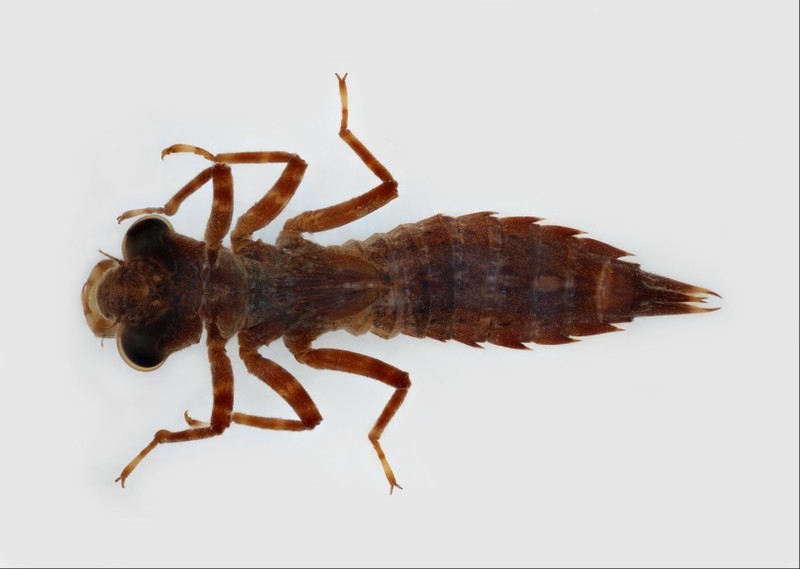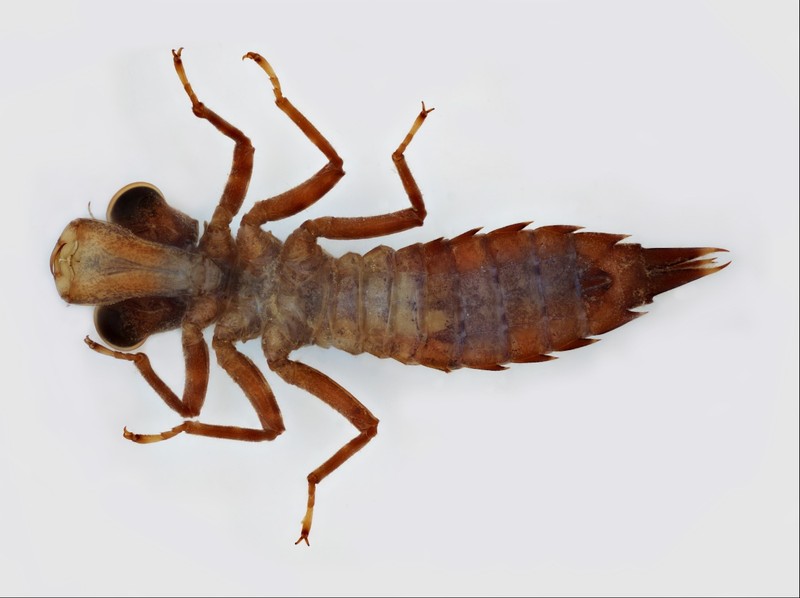order

Coleoptera
“Adult Beetles”

Coleoptera
“Larval Beetles”

Diptera
“True Flies”

Ephemeroptera
“Mayflies”

Hemiptera
“True Bugs”

Lepidoptera
“Aquatic Caterpillars, Snout Moths”

Megaloptera
“Alderflies, Dobsonflies, and Fishflies”

Odonata
“Dragonflies and Damselflies”

Plecoptera
“Stoneflies”

Trichoptera
“Caddisflies”
“Darners”
Family Overview
Aeshnidae


Darners
The dragonfly family Aeshnidae includes 10 genera. Aeshna is the largest genus, including 20 out of 38 North American species in the family. Like most dragonfly larvae, members of this family are predators, feeding on invertebrates and even small fish by stalking their prey. They can be found climbing on aquatic plants or root masses, in still or slowly flowing water. They are sometimes used as models for tied flies for fly-fishing; usually larger species are imitated, and the hook made to sink and be teased along the bottom to mimic their behavior. The adults are perchers, meaning when flying they will frequently pause to rest on branches or other prominent objects for a few seconds before taking off again. Some species migrate, flying South in winter, and as far north as Canada in the summer.
Characteristics
POLLUTION TOLERANCE
Mid-Atlantic: up to 5
Upper Midwest: 2 - 6
Midwest: up to 3.5
Southeast: 6.3 - 8
0 = least tolerant, 10 = most tolerant
FEEDING HABITS
Engulfer / Predator
MOVEMENT
Climber
Diagnostic Characters
Order
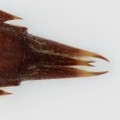
Abdomen with 5 Sharp Stiff Points or 3 Gills
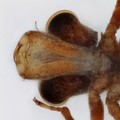
Labial Mask
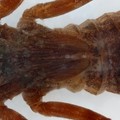
Two Pairs of Wing Pads
Family

5 Short Appendages on End of Abdomen
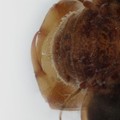
No Dorsal Premental Setae
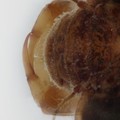
No Palpal Setae
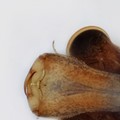
Prementum and Palps Flat
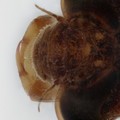
Slender, Bristle-like Antennae
+ Expanded Character List
Order:
Nymph with mask-like labium below chewing mouthparts. Wings developing in wing pads. Segmented legs present, each with two claws.
Family:
Suborder Anisoptera (i.e., dragonflies: with stout body shape, head more narrow than thorax and abdomen; end of abdomen with 5 short pointed projections, external gills absent). Labial mask (including its palm and pair of apical lobes) flat or nearly so. Setae absent from inside palm of mask (pre-mental setae). Ligula (distal margin of the labial mask) with median notch. Antennae usually slender or bristle-like, with 6- or 7-segments. Fore- and middle tarsi each 3-segmented. Mature larvae 31–50 mm long.
Dorsal
Ventral




